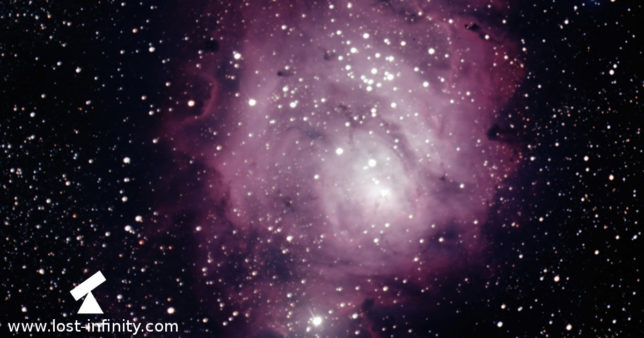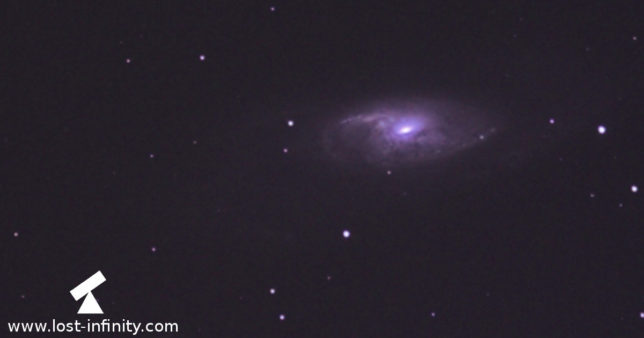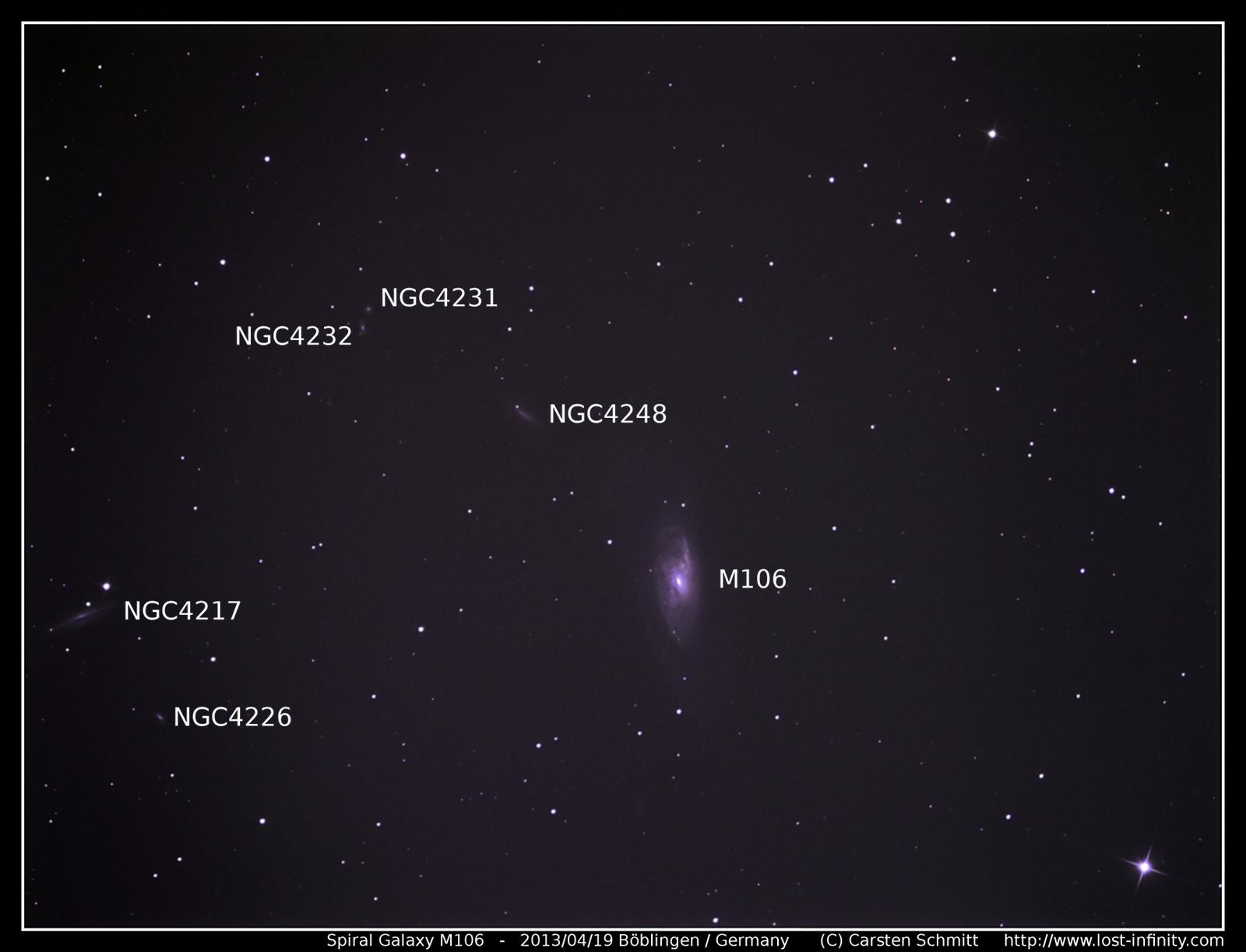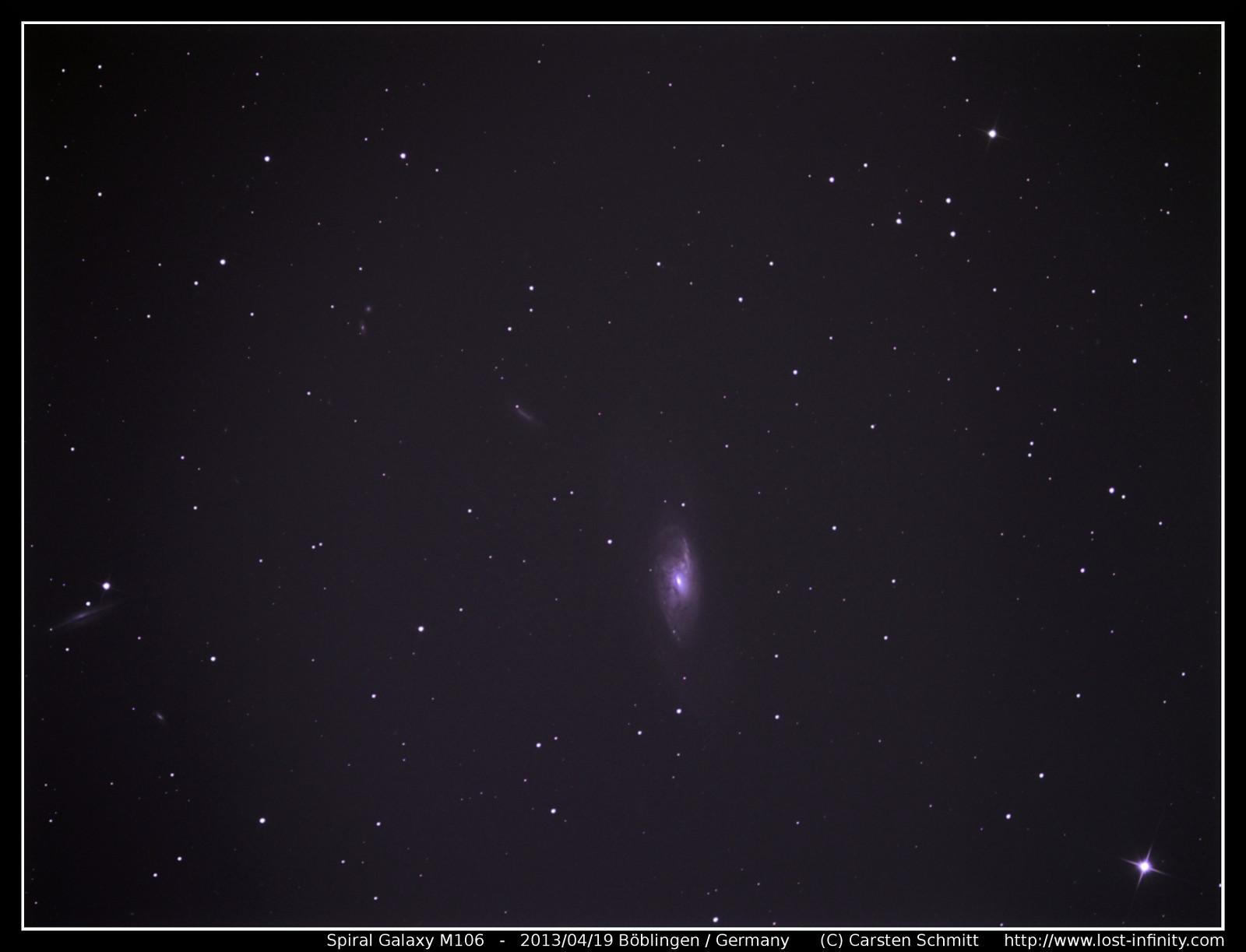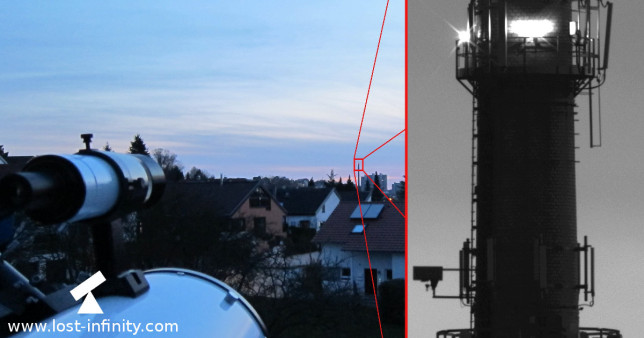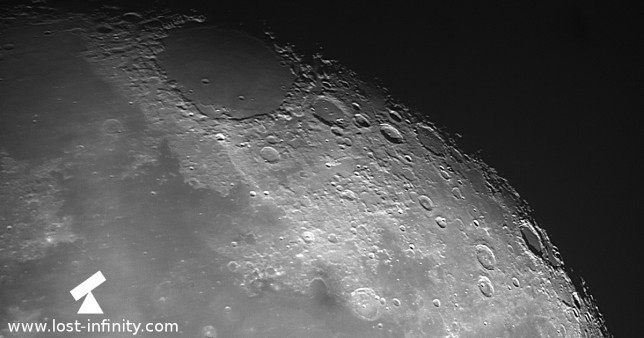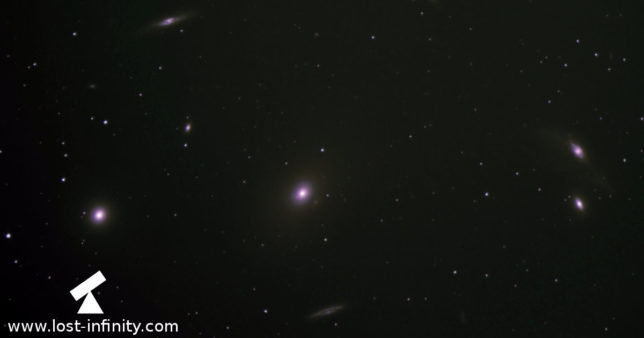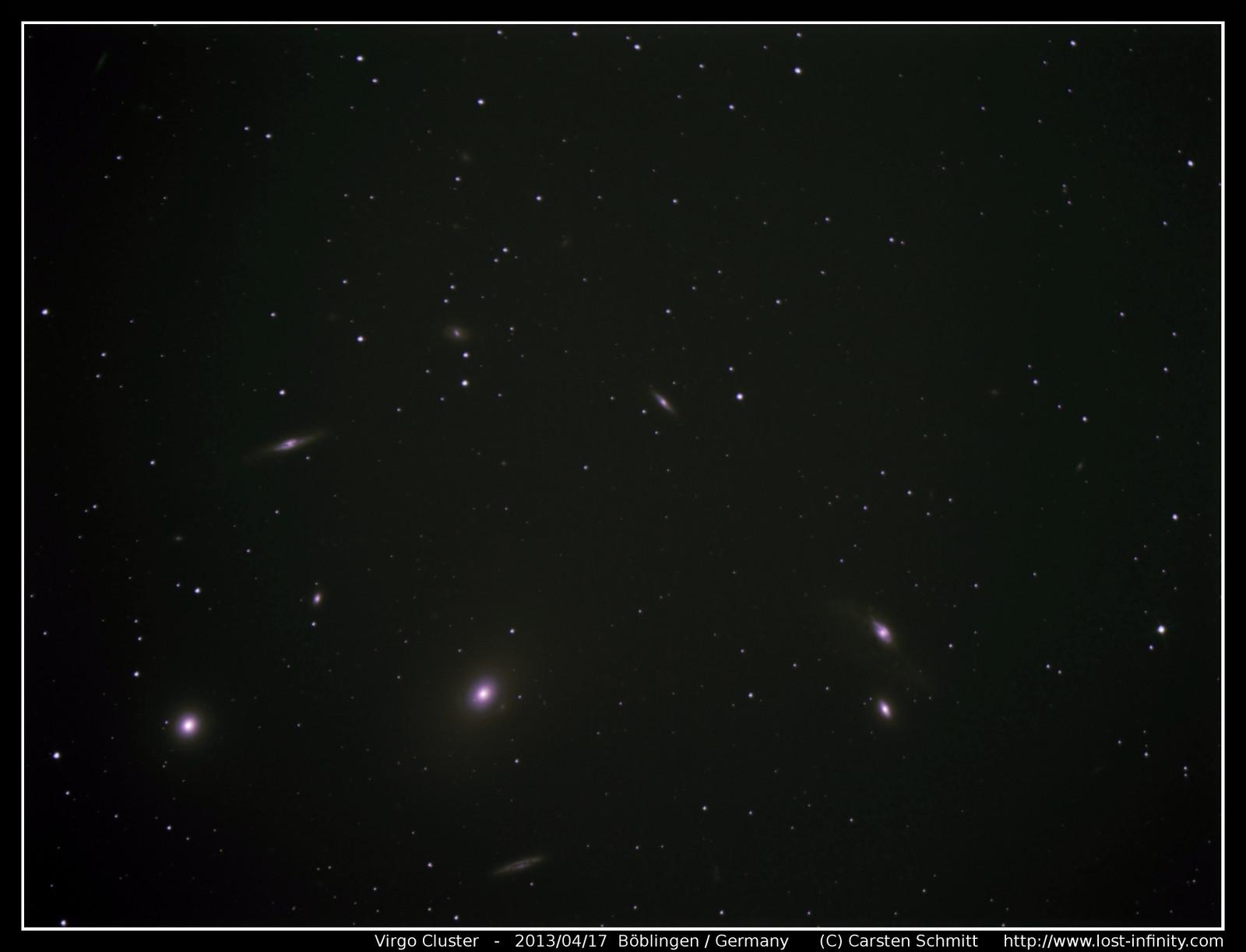In this short video I summarized all the best astro images I made over the last year. Most of the images have been taken from Boeblingen using a 8″ Newtonian telescope and an Atik383L+ camera. All the images are also available in full resolution on my website. The video has been composed using openshot, an open source video editor for Linux (many thanks to the development team).
Clear skies!
Last updated: June 20, 2022 at 21:24 pm




























